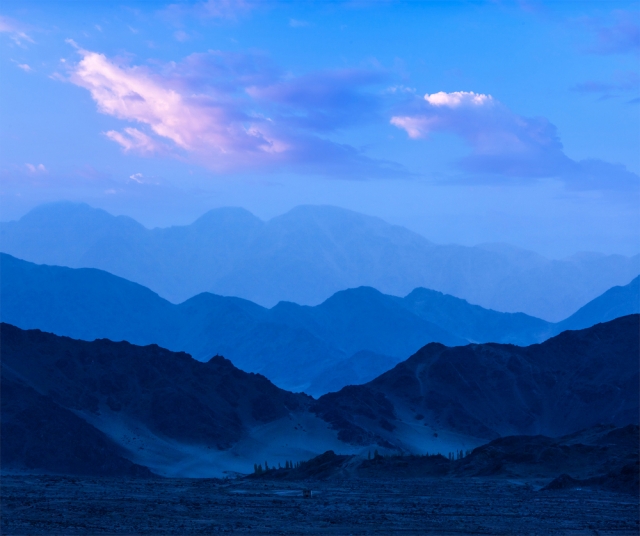The Indus Valley Civilisation (3300BC to 1300BC)
Ancient World History

An Early Golden Age
In this set of podcasts Dr Mark Manuel of the University of Durham looks at the Indus Valley Civilisation.
The Indus Valley Civilisation, also known as the Indus Civilisation or the Harappan Civilisation was a Bronze Age civilisation in the northwestern regions of South Asia, lasting from 3300 BCE to 1300 BCE, and in its mature form 2600 BCE to 1900 BCE. Together with ancient Egypt and Mesopotamia, it was one of three early civilisations of the Near East and South Asia. Its sites spanned an area from much of Pakistan, to northeast Afghanistan, and northwestern and western India. The civilisation flourished both in the alluvial plain of the Indus River, which flows through the length of Pakistan, and along a system of perennial monsoon-fed rivers that once coursed in the vicinity of the Ghaggar-Hakra, a seasonal river in northwest India and eastern Pakistan.
1. What do we know about the origins of the Indus Valley Civilisation?
2. How big was the Indus Valley Civilisation?
3. What are the source materials do you use for your research?
4. What do we know about the culture of the Indus Valley Civilisation?
5. Communication between the Indus Valley and other ancient civilisations.
6. Did they have a written language?
7. Technological developments of the Indus Valley Civilisation
8. Social developments: an egalitarian society?
9. Agricultural development.
10. Town planning. Mahenjo Daro.
11. Religion
12. What influence did the Indus Valley Civilisation have on later civilisations?
13. How have recent historical interpretations challenged earlier ones?
14. What archaeological work is going on at the moment?
15. What was life like before the Indus Valley Civilisation?
In order to access the full content of the podcasts please Login or Join the HA.

